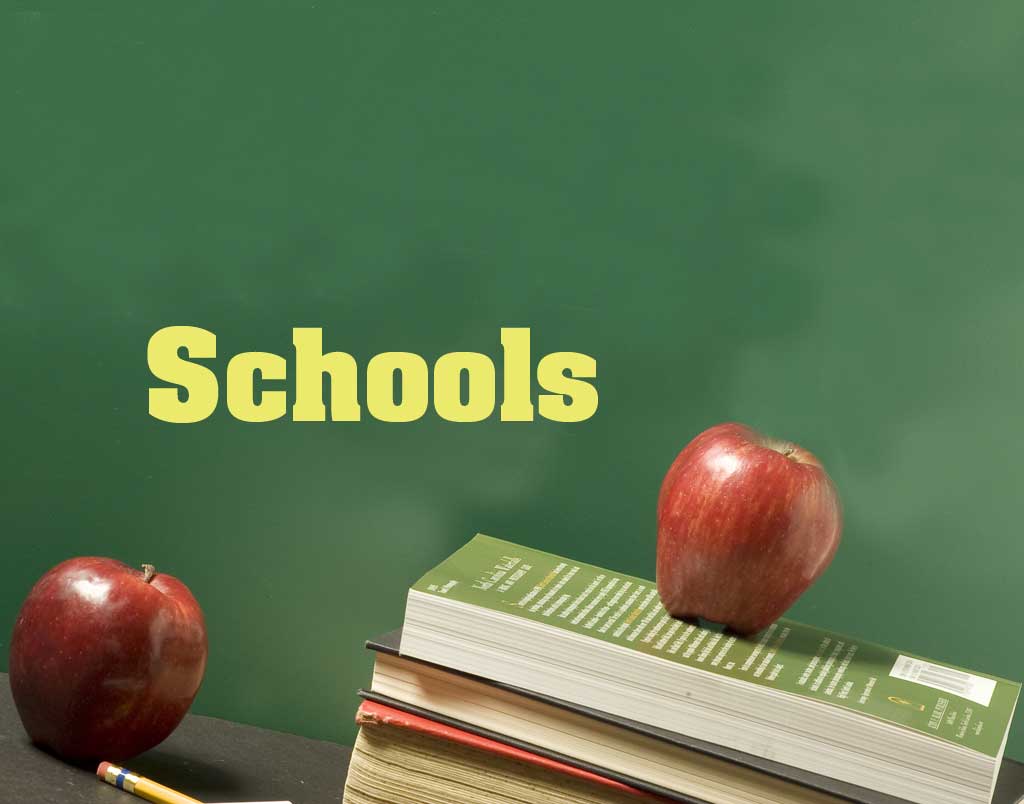A group of New Jersey educators have taken the first step toward implementing an LGBTQ inclusive curriculum model for public schools after coming together to discuss the need for its relevance in education.
The first Educational Summit for Monmouth County Educators was held on March 23 at Red Bank Regional High School in Little Silver.
The discussion of a lesbian, gay, bisexual, transgender and queer inclusive curriculum drew 30 educators to break ground in this area.
Stacy Liss is the clinical supervisor of The Source at Red Bank Regional High School. According to the school website, The Source is “a program designed to help young people navigate their adolescent years.”
“I am thrilled to have the support of the school administration to have hosted this summit and for the development of curriculum to be inclusive of the LGBTQ experience. It is necessary and in some cases life-saving for students who identify as LGBTQ to feel seen and validated. All students will benefit from a more inclusive curriculum that will reduce stigma and prepare them for a diverse world,” Liss said.
The first educational summit represented a joint effort among the Garden State Equality initiative, Make It Better 4 Youth, and GLSEN, a program integrated in public schools that supports the rights of LGBTQ students, according to Kate Okeson, a Rumson-Fair Haven Regional High School educator and a co-founder of Make It Better 4 Youth.
Make It Better 4 Youth is an “adolescent normative-based” program where LGBTQ adolescents can come together, according to Okeson.
“This summit was an opportunity for educators who are committed to equality in education to come together to discuss, brainstorm and plan for a curriculum that will be inclusive of the positive impact of LGBTQ folks in history, art, culture, literature, science, the humanities, etc.,” Liss said.
According to Liss, Red Bank Regional students support LGBTQ students by providing sensitivity to social justice and civil rights issues.
“When we talk about people and we fill out a framework of who the discoverer, the inventor, or the people making the historic decisions are, there is a full framework of that, largely for people who are straight. When people don’t fall inside of the gender binary within straight sexual orientation, a lot of times we eliminate that from history,” Okeson said.
Okeson said implementing an LGBTQ inclusive curriculum will be an ongoing endeavor and may require action on legislation at the state level.
“We are going to make sure that not only are we fair in our representation, but that we are accurate. The idea is that we are showing pictures of who is in this world to who the kids are in our classroom,” Okeson said.
She said volunteers are needed to help craft a curriculum that could be completed in a year to 18 months.

